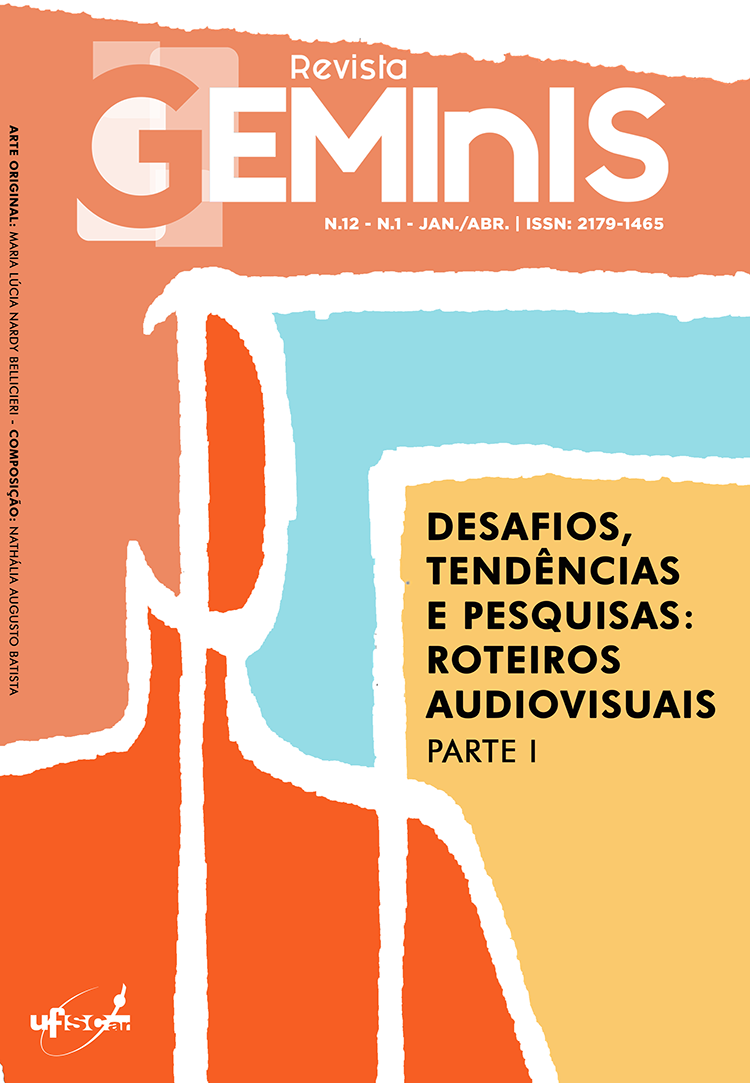STREAMING PLATFORMS AND THEIR IMPACT ON CONSUMER BEHAVIOR
DOI:
https://doi.org/10.53450/2179-1465.RG.2021v12i1p227-246Keywords:
streaming, netflix, consumer behaviorAbstract
Streaming services have become popular as a form of streaming and content consumption in recent years. This study aims to understand the consumer's perception of streaming. The method used for data collection was qualitative research through in-depth individual interviews with 27 people and the survey with closed questionnaires online and a sample of 256 participants, selected for convenience. The qualitative data analysis method was bardin's content analysis technique (1988). Some of the results found pointed out that streaming users give great value to the convenience of services and at low prices. They use streaming as a source of leisure. They share the price of service with the various family members; value the original content and have completely replaced television media with streaming. The contribution of this study to the field in which it operates is to add knowledge to media consumption analyses, specifically to bring a profile of consumer perception related to streaming. In terms of relevance to the studies it can be said that it is essential that media entrepreneurs and science know what is the behavior of this consumer in relation to this new service.
Downloads
References
________________________________________. 2016. MERCADO FONOGRÁFICO MUNDIAL E BRASILEIRO EM 2015. Disponível em: https://bit.ly/2lBvfpE. Visitado em 06 de setembro de 2019.
AMARAL, A. Plataformas de música online: práticas de comunicação e consumo através dos perfis. Contracampo, 20:147-170, 2009.
ANDERSON, Chris. The long tail: how endless choice is creating unlimited demand. London: Random House Business Books, 2006.
FERNANDES, Daniela Gumiero; Santana, Vanessa FERNANDES; Santos, Rafael Felipe. “Hábitos de Consumo de Música Digital em multiplataformas”. FAE – Centro universitário, Curitiba, 2012.
G1, Streaming já é principal fonte de receitas da música nos EUA, março de 2017. Disponível em: <https://glo.bo/2XKsTlv>. Visitado em 20 de fevereiro de 2020.
GOMEZ-URIBE, Carlos A.; HUNT, Neil. The Netflix Recommender System: Algorithms, Business Value, and Innovation. ACM Trans. Manage. Inf. Syst. 6, 4, Article 13 (December 2015), 19 pages, 2015.
LAVADO, Thiago. Uso da internet no Brasil cresce, e 70% da população está conectada.2019. Disponível em: https://glo.bo/2Th3hOv. Visualizado em 23 de dezembro de 2019, acessado às 17h43.
LOGAN, Kelty. Streaming Video versus Traditional TV. Journal of Advertising Research, 2011.
MARTINO, Luís Mauro de Sá. Teoria da Mídias Digitais: linguagens, ambientes e rede. Petrópolis, RJ: Vozes, 2014.
MCCANDLESS, David. How Much do Music Artists Earn Online? Information is Beautiful, 2010.
PARISER, E. Beware online “filter bubbles”.TED Talks. mar. 2011. Disponível em: <https://bit.ly/1iiSlsq > Acesso em: 02 de fev 2019.
SANTAELLA, Lúcia. Da culturadas mídias à cibercultura: o advento do pós humano. Famecos, Porto Alegre, n.22, 2003.
PATAH, Rodigo. O boom dos smartphones e seu impacto no comportamento do consumidor. Disponível em https://mindminers.com/blog/pesquisa-mobile/. Acessado em 23 de dezembro de 2019, às 16h29.
SOLITTO, A. 2018. A FORÇA DO STREAMING. Disponível em: https://istoe.com.br/a-forca-do-streaming/ . Visualizado em 21 de agosto de 2019, às 17h48.
Downloads
Published
How to Cite
Issue
Section
License
Authors who publish in this journal agree to the following terms:
a. Authors retain copyright and grant the journal the right of first publication, with the work simultaneously licensed under a Creative Commons Attribution License that allows sharing of the work with acknowledgment of authorship and initial publication in this journal.
b. Authors are authorized to assume additional contracts separately, for non-exclusive distribution of the version of the work published in this journal (eg, to publish in an institutional repository or as a book chapter), with acknowledgment of authorship and initial publication in this journal.


